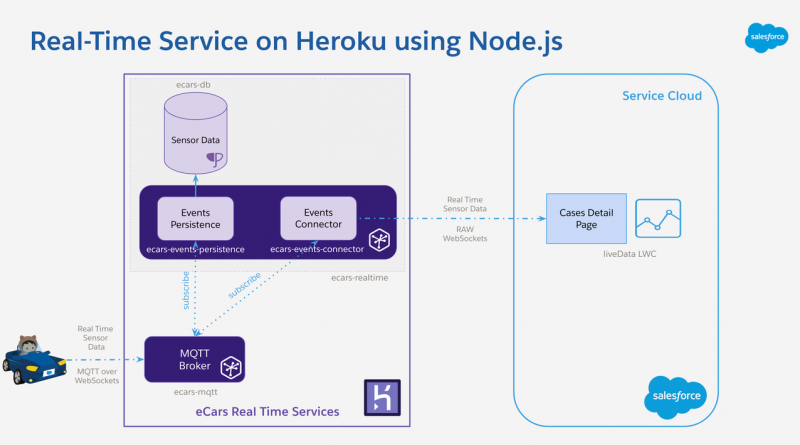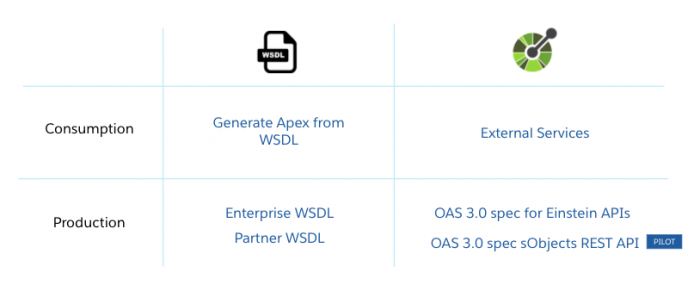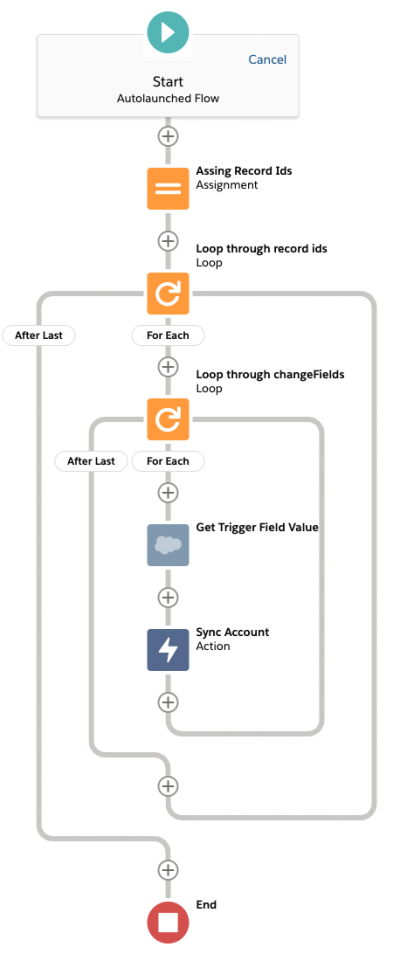Level Up Your Developer Skills with the Modern App Development Video Series

Modern apps require embracing a combination of low-code and pro-code. Salesforce developers have the challenging task of delivering scalable solutions faster than ever, as organizations look to speed up their digital transformation.
In December 2020, we published a blog post that explains various patterns combining low-code and pro-code. These patterns show that by combining Heroku’s elastic runtime and Salesforce core’s multi-tenant architecture, one can deliver solutions that can not only scale, but are flexible and require less time to build and deploy.
We looked into the skills required by developers to implement the patterns highlighted in that December blog post, and we concluded that Salesforce Developers would enjoy learning more about the Heroku platform. With Heroku, Salesforce developers can offload complex operations and take advantage of open-source libraries. Similarly, Heroku developers can benefit from learning about the low-code capabilities of the Salesforce Platform. Combining the power of low-code and Heroku allows apps to be deliveredfaster .
The “Modern App Development on Salesforce” video series is a set of thirteen videos on the Salesforce Developers YouTube channel. These videos teach you how to design, build, test and deploy apps using Salesforce and Heroku.
Learn MOAR with Spring ‘21: OpenAPI 3.0 Spec for REST API

Salesforce offers hundreds of well-documented REST and SOAP APIs that can help with all your integration needs. While the documentation and the Postman API collection help you explore these APIs, they must be documented in a system-understandable format for external systems to quickly consume them. In this blog post, we’ll talk about a new feature that’ll allow you to quickly integrate Salesforce into an external system.
Calling Flow From CDC Events

When a user presses save in the user interface, a lot happens in Salesforce – validation rules kick in, triggers are executed, flows are run, assignment rules are executed, and much more. This can all add up to a lot of logic being executed while that user is waiting for the application to respond again. Typically, not all of that logic needs to be ran immediately and can be processed at a later time, increasing the performance of the transaction.
In this blog post, we’ll look at a way to offload some of that logic from the save event with a combination of clicks and code. This way, you’ll have the benefit of being able to build your processes quickly using Flow and your users will have more responsive interactions with Salesforce.

I am 12x Salesforce certified | Leader of New Delhi Salesforce Developer Group | Speaker | Blogger|




